
How Do I Know If I Have a Blood Clot in My Foot?
Dr. Shubha Varma, lead vein physician at our CVR clinic in Brooklyn, gives an overview of how and why blood clots form, chronic venous insufficiency, the specific warning signs to watch for in your feet, and what your vein specialist can do to diagnose and treat the problem quickly.
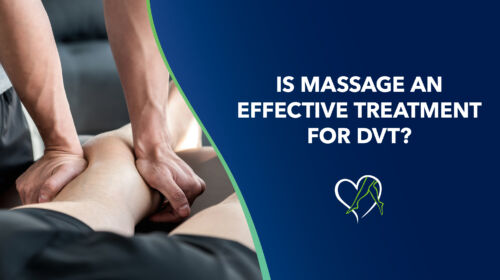
Is Massage an Effective Treatment for DVT?
Deep vein thrombosis (DVT) is a serious medical condition in which a blood clot forms in a deep vein, typically in the legs, potentially leading to life-threatening complications like pulmonary embolism if untreated. While massage might seem like a comforting way to relieve leg pain, it is not a safe option for DVT, as it can dislodge a clot and increase the risk of severe health issues. This blog explores why massage is unsafe for DVT and highlights safer, proven alternatives like minimally invasive vein treatments to support vein health.

Damian Lillard: What His Blood Clot Battle Teaches Us About DVT in Young Adults
Milwaukee Bucks star Damian Lillard’s recent return to the court after being sidelined with deep vein thrombosis (DVT) highlights the serious risk of blood clots in young, healthy adults. This blog explores Lillard’s health scare, the causes and warning signs of DVT, and why early detection and treatment are crucial. It also emphasizes how treating underlying vein conditions like varicose veins can help prevent dangerous complications, with expert care available from Center for Vein Restoration.

Leg Pain and Blood Clots: Why Vein Health Matters at Any Age
In this blog, Dr. Evan Harris of Center for Vein Restoration breaks down the signs, risks, and treatment of deep vein thrombosis (DVT) in a compelling live radio interview. Learn why leg pain, swelling, or visible varicose veins should never be ignored—and how expert care can get you back on your feet.

Arteries vs. Veins: Understanding Leg Circulation and Common Vein Problems
In this blog, Dr. Mohamed T. Hassan of Center for Vein Restoration explains the key differences between arteries and veins—and the serious health problems that can arise when either one malfunctions. From peripheral artery disease (PAD) to deep vein thrombosis (DVT) and chronic venous insufficiency (CVI), understanding the signs and symptoms can help you get the right diagnosis and treatment. Whether you need a vein evaluation or emergency care for leg swelling, CVR’s expert team is here to help.

How Long Does It Take for a Blood Clot to Form?
How quickly can a blood clot form—and what puts you at risk? This blog explores the timeline of blood clot formation, the warning signs of deep vein thrombosis (DVT), and how untreated vein disease can lead to life-threatening complications like pulmonary embolism (PE). Learn how to protect your health with expert guidance from Center for Vein Restoration.

March Madness & Blood Clots: Hall of Fame Vein Health Starts in Springfield, MA
This blog connects the excitement of March Madness with the serious risk of blood clots in athletes, highlighting cases like Damian Lillard and Chris Bosh. Featuring expert care from Dr. Robert J. Anderson at CVR’s Springfield, MA clinic, it explains how chronic venous insufficiency can lead to DVT—and why early detection is critical.

Blood Clots, Vein Health, and Side Effects of the COVID Vaccine
Concerned about blood clots, vein health, or the COVID-19 vaccine? This blog explains the real risks of DVT and PE—especially for those with varicose veins or chronic venous insufficiency—and clears up confusion around COVID-related clotting and vaccine safety. Learn how expert vein care at Center for Vein Restoration can help you stay protected.
 About Vein Disease
About Vein Disease
 Spider Veins
Spider Veins
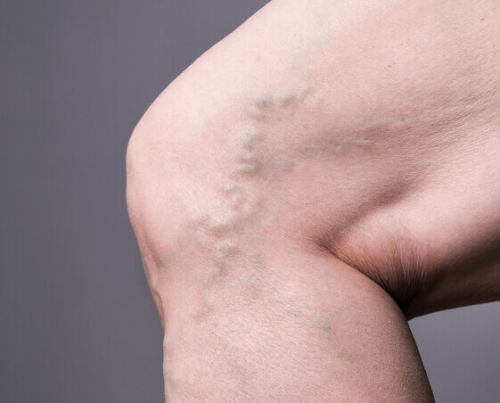 Varicose Veins
Varicose Veins
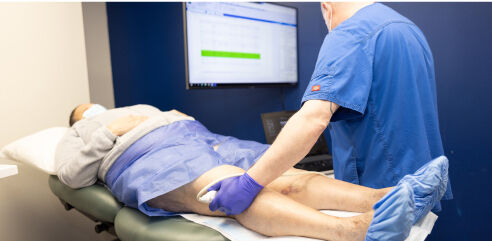 Vein Disease Treatments
Vein Disease Treatments
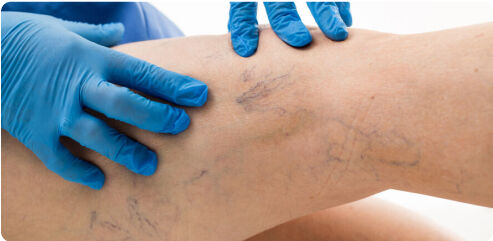 Treating Spider Veins
Treating Spider Veins
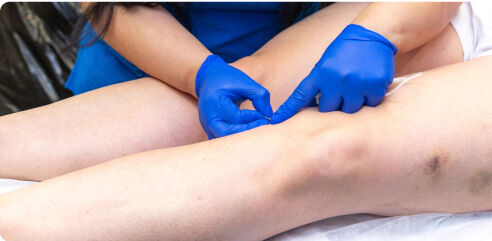 Treating Varicose Veins
Treating Varicose Veins
 About Us
About Us
 Patient Resources
Patient Resources
 Physician Resources
Physician Resources

